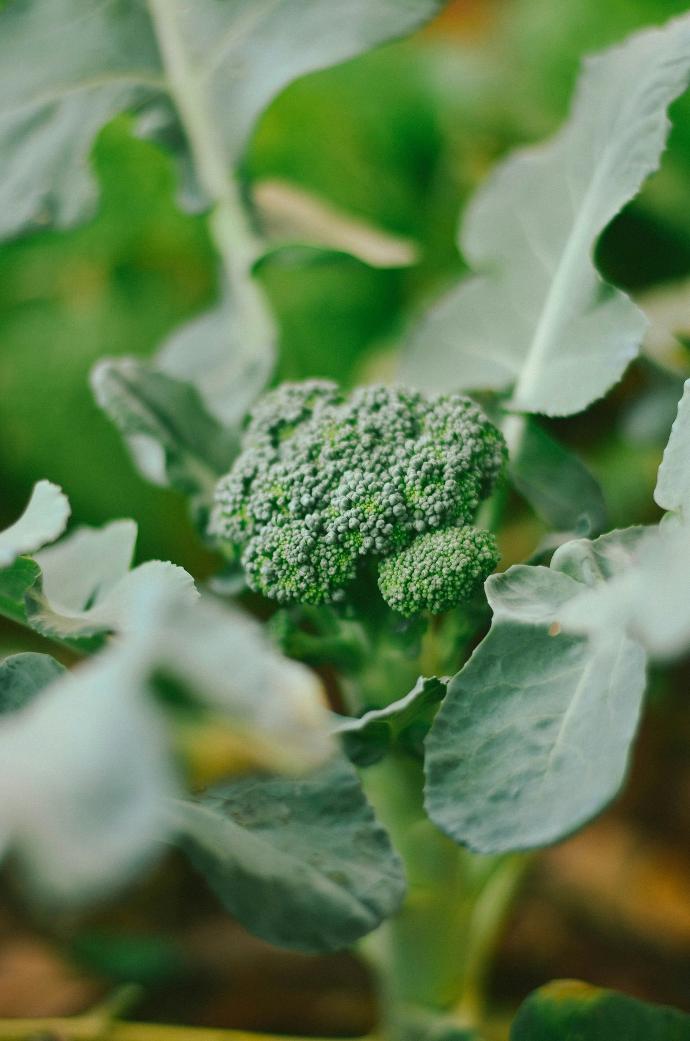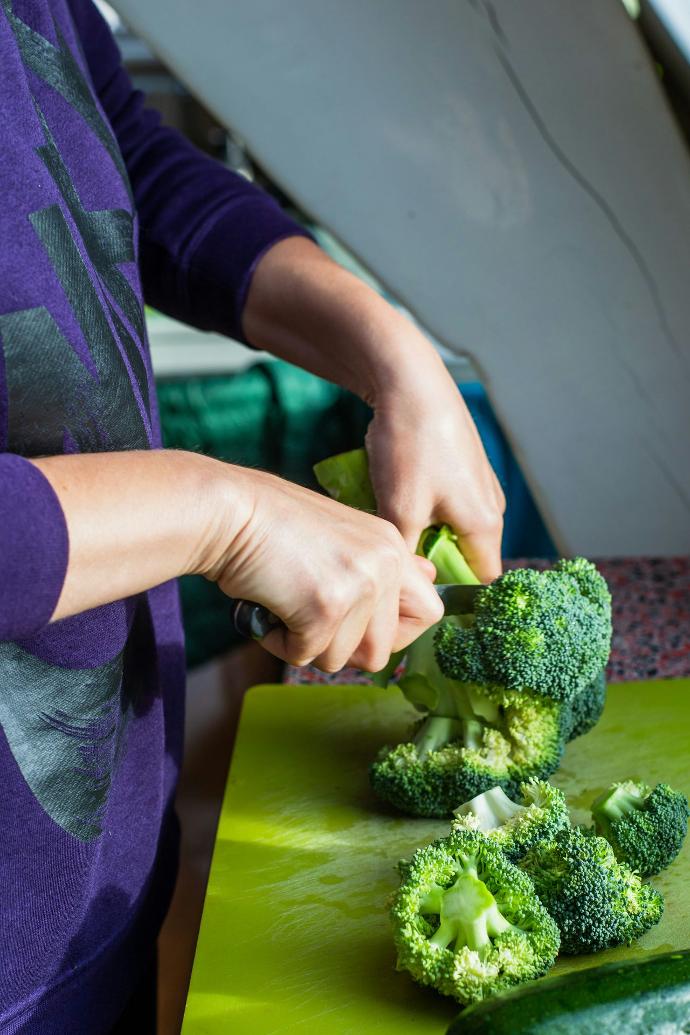Cher public de Santi-Shop,
You've probably already heard that eating broccoli is good for your health, but do you really know what it can do for your body? Let's find out together.
- It has anti-cancer properties.
- It can be beneficial in cases of joint problems.
- It helps improve heart health.
- It preserves the memory
- It maintains the view
But it doesn't stop there. It's worth noting that some have observed that broccoli may protect against radioactivity[1]. In fact, it is an excellent source of vitamins (in order of proportion): CK, B2, B9, A, B5, B6, E [2]. Apart from this, broccoli is an important source of essential minerals such as copper ferthe magnesiummanganese phosphore and the potassium. Although we know a lot about broccoli and its positive impact on our lives, studies have shown that there are still many benefits to be discovered.
Like any vegetable, broccoli can't be grown just any way or at any time of year. It's essential to know when to plant it.
When is broccoli in season?
First of all, broccoli is a cruciferous vegetable that grows easily in Europe, where it enjoys a mild climate. However, there are two different cultivation phases:
- From October to April: in Spain and Italy, where summer temperatures are very high, making cultivation impossible.
- May to September: in France and Poland, because it's very cold in winter.
If there's one good thing about Europe's climate, it's its variety. That's why we can buy broccoli at any time of year.
Do you still want to know when you can eat quality broccoli? The answer is autumn or winter! In fact, it's at these times that you'll benefit most from the qualities of this exceptional vegetable, and fill up on vitamins and minerals. And here's an added bonus: you'll be a winner if, on top of all that, your broccoli is of French origin!
But what's the history of broccoli?
This pretty green vegetable was discovered by France in the 16th century and was nicknamed "Italian asparagus". Later, Catherine de Médicis (Italian and a gourmet) was the person who introduced broccoli.
Let's find out why you should change your mind about broccoli and start making it part of your daily routine.
1st reason: broccoli's anti-cancer properties
To begin with, broccoli leaves contain several glucosinolates and the enzyme myrosinase. What is their role? When attacked by bacteria, myrosinase comes into play, transforming glucosinolates into active substances such as sulforaphane, indole-3-carbinol and 3,3-diindolylmethane, which have powerful antibacterial activity and ultimately kill the attacker.
Another interesting observation has shown that consumption of these compounds has, on the contrary, powerful beneficial and protective effects in humans. Sulforaphane is the most valuable, stimulating the enzymes responsible for neutralizing carcinogens, and has the same antioxidant action as turmeric.
Researchers believe that sulforaphane is anti-inflammatory[3]. In fact, you need to chew your broccoli well to release as much sulforaphane as possible into your body. This action then activates the myrosinase enzyme in your mouth, causing the active substances to appear.
Myrosin is also very sensitive to heat, which is why raw broccoli is better for your health than cooked broccoli. An important benefit of broccoli is that it reduces the risk of lung, prostate, ovarian, breast (in post-menopausal women), kidney and colorectal cancers [4] [5] [6] [7] [8] [9] [10] [11] [12].
Isn't this great news?
A series of epidemiological studies have compared the anti-cancer properties of crucifers (including broccoli) with those of other fruits and vegetables, and the findings suggest that crucifers offer better protection against cancer.
What's more, eating cruciferous vegetables (such as broccoli) 3 to 5 times a week can significantly reduce the risk of cancer[13]. It doesn't stop there, as another study informs us that regular consumption of broccoli could increase the chances of survival from bladder cancer[14].
Reason n°2 - Fight osteoarthritis with broccoli
To combatarthrosesulforaphane comes into play once again.
British researchers have conducted an in vitro and in vivo experiment on cells from mice suffering from osteoarthritis [15], in which sulforaphane was shown to block the enzymes that destroy cartilage.
This is a very promising result, and human clinical trials are currently underway.
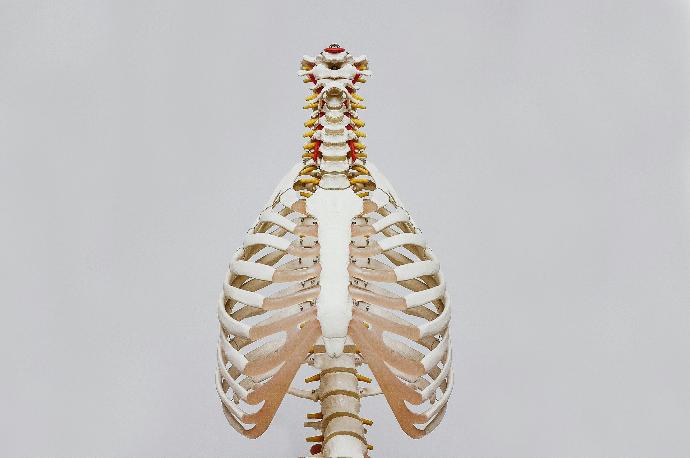
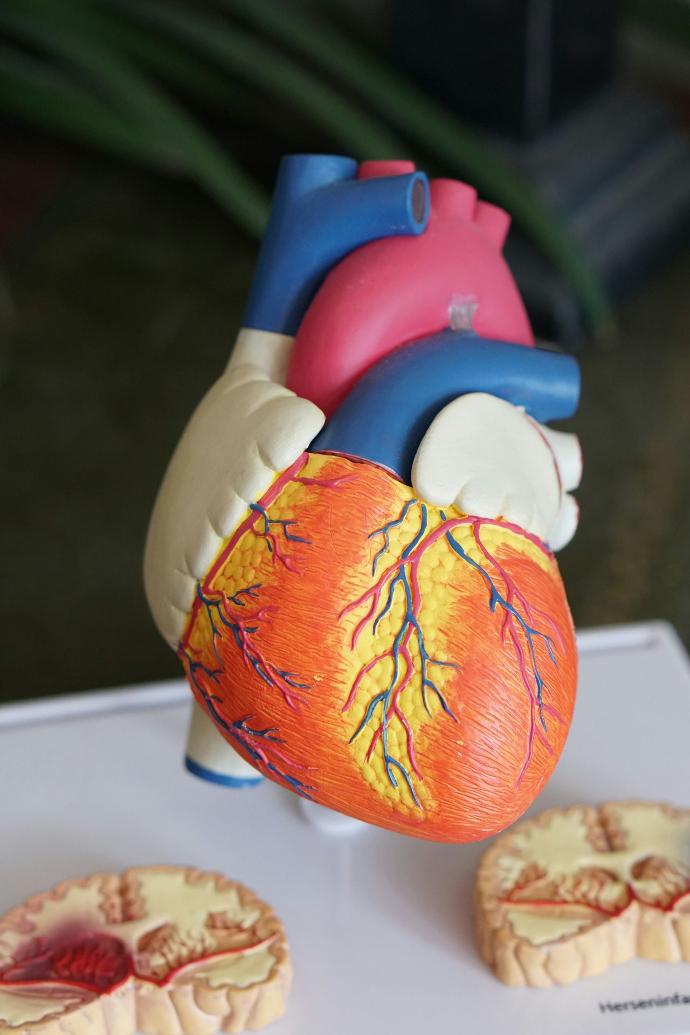
Reason n°3 - Broccoli is good for the heart
Broccoli contains a powerful flavonoid, kaempferol. Studies suggest that a high intake of kaempferol is associated with a reduced risk of cardiovascular disease [16].
In a clinical trial, a team of researchers studied the impact of broccoli on the risk of mortality from cardiovascular disease [17].
According to this study, subjects who received 1 portion of broccoli per week, rather than 10 portions, had a higher cardiovascular risk. Eating broccoli reduces blood homocysteine levels. This would help reduce the risk of heart disease [18] [19].
Reason no. 4 - Broccoli is good for the memory
Researchers conducted an experiment in which they followed 13,000 elderly women over a 25-year period. Their aim was to monitor their diet and evaluate their cognitive abilities.
The results showed that women who ate cruciferous vegetables (such as broccoli) suffered less cognitive decline [23].
Caution in case of hypothyroidism.
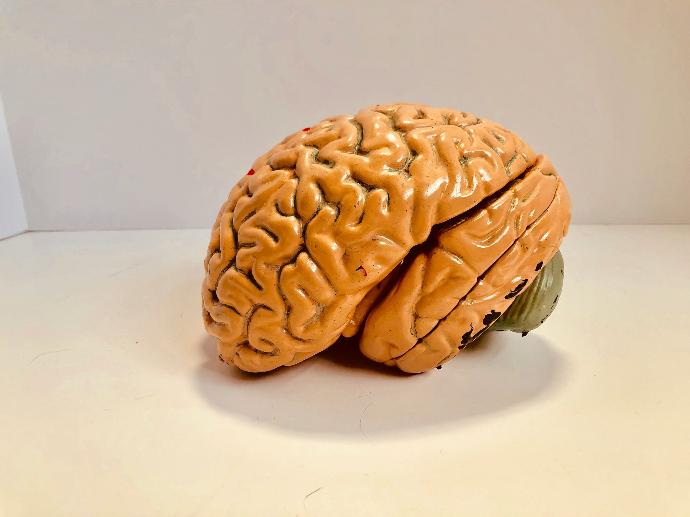

Reason n°5 - Broccoli is good for your eyes
First of all, broccoli is rich in antioxidants, such as lutein and zeaxanthin. These antioxidants neutralize the harmful particles that accumulate in your body as a result of pollution, stress and poor diet. They help reduce the risk of cancer and degenerative diseases.
Lutein and zeaxanthin are known to be effective in protecting the retina and macula from the effects of aging.eye [20]. They reduce the risk of cataracts and macular degeneration [21] [22].
Another surprising fact is that the amount of antioxidants in broccoli increases with cooking.
Precautions in case of hypothyroidism
Did you know that all cruciferous vegetables, such as broccoli, are "goitrogenic" (from the word "goiter")? This means that in large quantities, they can reduce the absorption of iodine by the thyroid gland.
This is problematic for iodine-deficient people. These people should watch their consumption of crucifers or simultaneously increase their consumption of mer (rich in iodine).
It has been found that many websites advise against broccoli in cases of thyroid disease, but this is a mistake because if you're taking hormone treatment, your body needs even less iodine than someone else.
So, in fact, you'd be the most likely to eat broccoli and cabbage, and reap all their benefits. If you're still concerned, you should know that a simple way to limit your exposure to goitrogens is to eat your broccoli lightly cooked: cooking will reduce the goitrogenic effects. [24].
Are there any other benefits to broccoli?
"Dn the cruciferous family, we present broccoli. This bright green cabbage looks like a miniature tree. Find out in the next few lines the 5 reasons why you should eat broccoli more often and how to cook it!" Discover
Did you enjoy this article and can't wait to find out more about this magical vegetable, but this time on a more practical level? Then stay up to date on our site to be among the first to discover the article on storing, cooking and eating broccoli!
Sources :
[1] Saijun Fan, Qinghui Meng, Jiaying Xu, Yang Jiao, Lin Zhao, Xiaodong Zhang, Fazlul H. Sarkar, Milton L. Brown, Anatoly Dritschilo, Eliot M. Rosen, DIM (3,3-diindolylmethane) confers protection against ionizing radiation by a unique mechanism, October 2013, Proceedings of the National Academy of Sciences (PNAS).
[2] Site passeportsante.net, consulted on January 21, 2015, Fiche brocoli
[3] Website examine.com, consulté le 21 janvier 2015, Sulforaphane
4] Brennan P, et al. Effect of cruciferous vegetables on lung cancer in patients stratified by genetic status: a mendelian randomisation approach. Lancet 2005 October 29;366(9496):1558-60.
[5] Hu J, Mao Y, White K. Diet and vitamin or mineral supplements and risk of renal cell carcinoma in Canada. Cancer Causes Control 2003 October;14(8):705-14.
[6] Pan SY, et al. A case-control study of diet and the risk of ovarian cancer. Cancer Epidemiol Biomarkers Prev 2004 September;13(9):1521-7.
[7] Hara M, et al. Cruciferous vegetables, mushrooms, and gastrointestinal cancer risks in a multicenter, hospital-based case-control study in Japan. Nutr Cancer 2003;46(2):138-47.
[8] Lin HJ, et al. Glutathione transferase null genotype, broccoli, and lower prevalence of colorectal adenomas. Cancer Epidemiol Biomarkers Prev 1998 August;7(8):647-52.
[9] Kirsh VA, et al. (2007) Prospective study of fruit and vegetable intake and risk of prostate cancer. Journal of the National Cancer Institute 99, 1200-1209.
[10] Ambrosini GL, et al. (2008) Fruit, vegetable, vitamin A intakes, and prostate cancer risk. Prostate Cancer and Prostatic Diseases 11, 61-66.
[11] Park EJ, Pezzuto JM. Botanicals in cancer chemoprevention. Cancer Metastasis Rev 2002;21(3-4):231-55.
[12] Ambrosone CB, et al. Breast cancer risk in premenopausal women is inversely associated with consumption of broccoli, a source of isothiocyanates, but is not modified by GST genotype. J Nutr 2004 May;134(5):1134-8.
[13] Jeffery EH, Keck AS (2008) Translating knowledge generated by epidemiological and in vitro studies into dietary cancer prevention. Molecular Nutrition & Food Research 52, S7-S17.
[14] Tang L, Zirpoli GR, Guru K et al. (2010) Intake of Cruciferous Vegetables Modifies Bladder Cancer Survival. Cancer Epidemiology Biomarkers & Prevention 19, 1806-1811
[15] Davidson RK, et al., Sulforaphane represses matrix-degrading proteases and protects cartilage from destruction in vitro and in vivo. Arthritis Rheum. 2013 Dec;65(12):3130-40. doi: 10.1002/art.38133.
[16] Calderon-Montano JM, et al. (2011) A Review on the Dietary Flavonoid Kaempferol. Mini-Reviews in Medicinal Chemistry 11, 298-344.
[17] Lin J, et al. (2007) Dietary intakes of flavonols and flavones and coronary heart disease in US women. American Journal of Epidemiology 165, 1305-1313.
[18] Ganji V, Kafai MR. Frequent consumption of milk, yogurt, cold breakfast cereals, peppers, and cruciferous vegetables and intakes of dietary folate and riboflavin but not vitamins B-12 and B-6 are inversely associated with serum total homocysteine concentrations in the US population. Am J Clin Nutr 2004 December;80(6):1500-7.
[19] Guthikonda S, Haynes WG. Homocysteine: role and implications in atherosclerosis. Curr Atheroscler Rep 2006 March;8(2):100-6.
[20] Ribaya-Mercado JD, Blumberg JB. Lutein and zeaxanthin and their potential roles in disease prevention. J Am Coll Nutr 2004 December;23(6 Suppl):567S-87S.
[21] Bone RA, et al. Analysis of the macular pigment by HPLC: retinal distribution and age study. Invest Ophthalmol Vis Sci 1988 June;29(6):843-9.
[22] Moeller SM, et al., The potential role of dietary xanthophylls in cataract and age-related macular degeneration. J Am Coll Nutr 2000 October;19(5 Suppl):522S-7S.
[23] Kang JH, et al., Fruit and vegetable consumption and cognitive decline in aging women. Ann Neurol 2005 May;57(5):713-20
24] Chandra AK, Mukhopadhyay S, Lahari D, Tripathy S. Goitrogenic content of Indian cyanogenic plant foods & their in vitro anti-thyroidal activity. Indian J Med Res. 2004 May;119(5):180-5.




